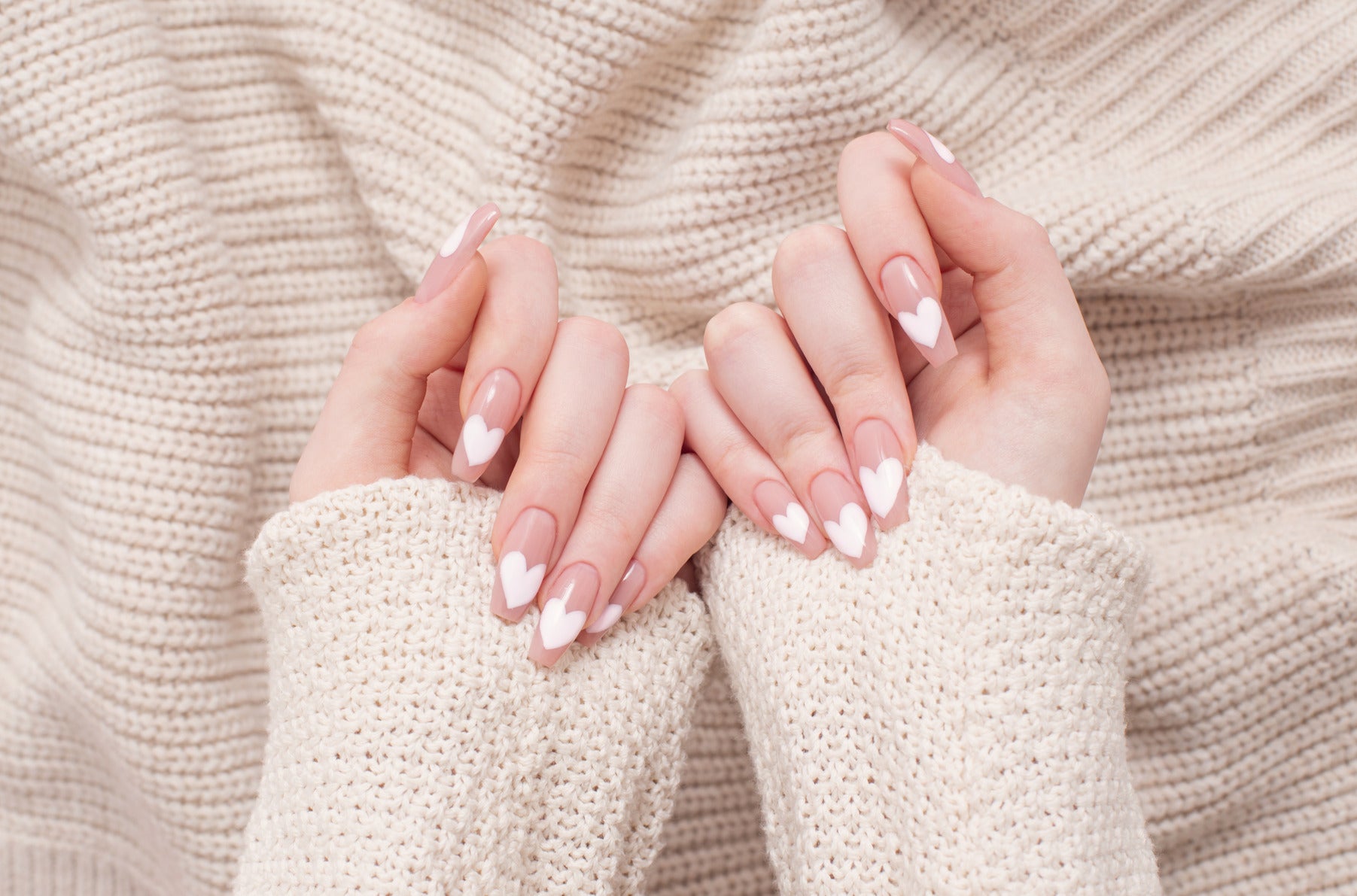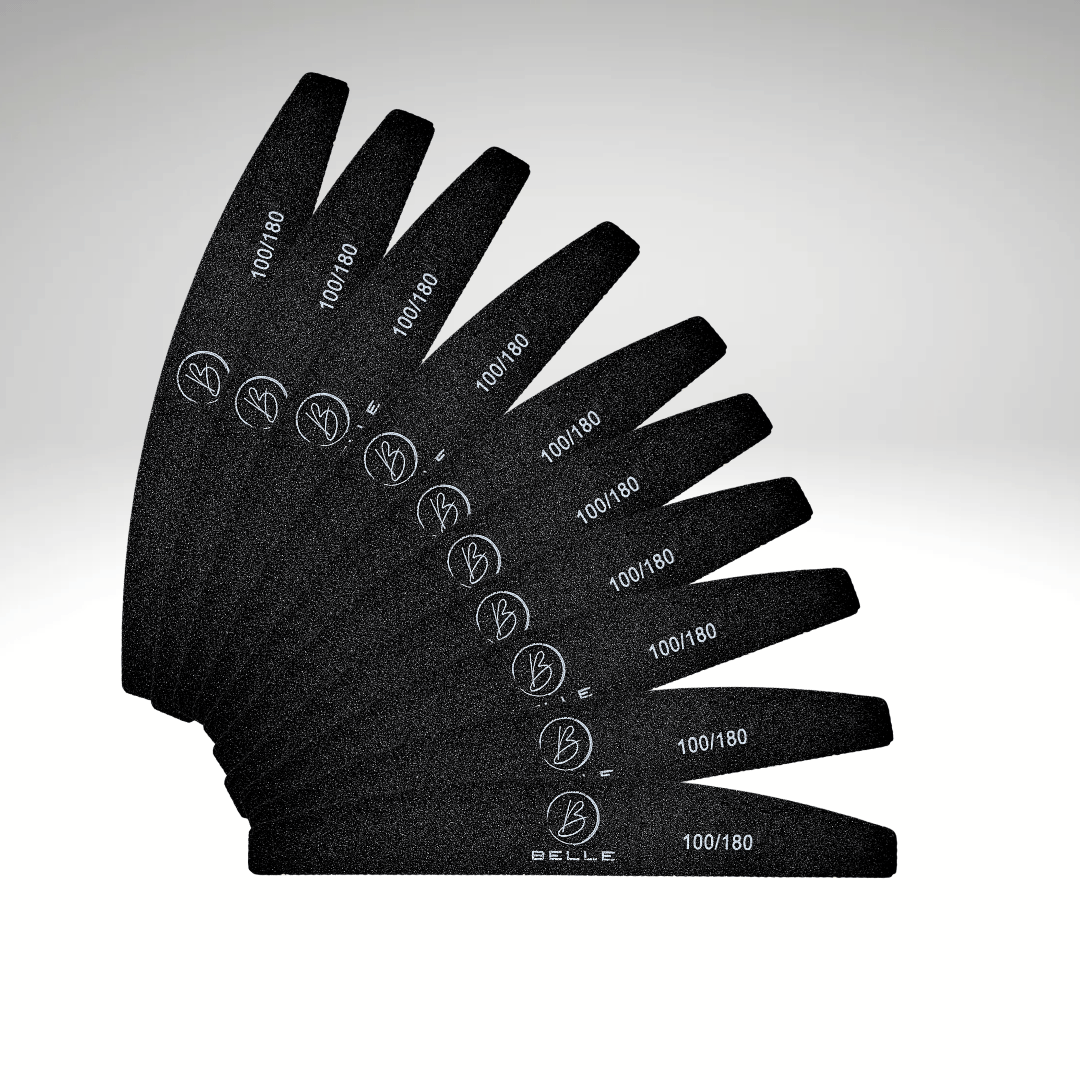How to Use a Cuticle Cutter Safely
Cuticle care is a crucial part of nail health and aesthetics. It's a skill that every aspiring nail technician needs to master.
One tool that plays a significant role in cuticle care is the cuticle cutter. It's used to trim excess cuticle skin, enhancing the appearance of the nails.
However, using a cuticle cutter can be tricky. It requires precision and a steady hand to avoid injury.
This guide will provide you with comprehensive knowledge and practical skills on how to use a cuticle cutter safely. We'll cover everything from understanding the tool to mastering the cutting technique.
By the end of this article, you'll be able to confidently perform various nail procedures involving a cuticle cutter.
So, let's dive into the world of cuticle cutter tips and elevate your nail care skills to the next level.
Understanding Cuticle Cutters
Cuticle cutters are essential tools in professional nail care. They are specially designed to trim dead skin from the nail bed. This helps in maintaining clean, healthy nails and enhancing their appearance.
Using a cuticle cutter correctly can prevent hangnails and infections. Proper knowledge of this tool is vital to execute precise nail care techniques. It also ensures client satisfaction, an important aspect for aspiring nail technicians.
Types of Cuticle Cutters
Various types of cuticle cutters exist, each serving a unique function. Understanding these differences is crucial for aspiring nail professionals.
Common types include:
- Cuticle Nippers: Ideal for cutting tight, small cuticle areas.
- Nail Scissors: Allows detailed control and precision.
- Cuticle Pushers: Useful for gently pushing back the cuticle before trimming.
Each type offers different features and benefits. Knowing these helps you choose the correct tool for each task and client.
Anatomy of a Cuticle Cutter
A cuticle cutter consists of several essential parts. Each part plays a role in achieving a precise cut.
The handle provides grip and control. A good handle reduces strain during use. The cutting edge is sharp and precise, allowing for clean cuts. Additionally, the spring helps return the cutters to their open position.
Understanding these parts ensures effective and safe use. It's vital for precision and maintaining the cutter's longevity.
Choosing the Right Cuticle Cutter
Selecting the right cuticle cutter depends on several factors. Quality is the foremost consideration. A high-quality cutter ensures durability and sharpness.
Size and blade shape also matter. Smaller sizes provide better control for detailed work. Rounded blades are safer for beginners, reducing the risk of cuts.
Consider your specific needs and comfort when choosing. The right tool enhances your skill and client satisfaction.
Preparing Your Nails for Cutting
Before cutting, preparing your nails properly is crucial. This helps in making the process safer and more effective. Start by soaking your hands in warm soapy water for about five minutes. This softens the cuticles, making them easier to trim.
Next, gently push back the cuticles using a cuticle pusher. This step is essential as it reveals the excess skin that needs cutting. Ensuring nails and cuticles are ready sets the stage for a clean, precise cut.
Incorporate these steps into your routine:
- Soak your hands.
- Push back cuticles gently.
- Ensure proper lighting and a clutter-free workspace.
A well-prepared nail environment reduces the chances of making mistakes. Preparing nails correctly is a cornerstone of professional nail care.
Importance of Sterilisation
Sterilisation is a non-negotiable step in nail care. It prevents infections and ensures client safety, which is paramount.
Always sterilise your cuticle cutters before and after use. This routine safeguards both you and your clients from potential bacterial infections. Effective sterilisation builds trust and enhances your reputation as a meticulous nail technician.
How to Safely Trim Your Cuticles
Trimming cuticles requires precision and care. Begin by ensuring your tools are ready and your workspace is well-lit. Good lighting is crucial for seeing the delicate area around the cuticles clearly.
Prioritise working in small sections. This approach reduces the chances of removing too much skin. Always focus on trimming only the excess, overgrown cuticle areas.
Here are crucial steps for safe trimming:
- Use sterilised tools.
- Trim only the dead or loose skin.
- Avoid cutting close to the nail bed.
Remain calm and steady throughout. Rushed movements lead to accidents and uneven cuts. By keeping these tips in mind, you maintain professionalism and protect your clients' hands.
Holding the Cuticle Cutter Correctly
Correct grip is vital for a clean trim. Hold the cuticle cutter like a pencil for control. This grip enhances precision and allows smooth manoeuvring.
The spring should face you, providing tension control. Ensure your hands are steady to execute precise cuts. Practice with this grip will lead to better results and client satisfaction.
Identifying Excess Cuticle Skin
Not all cuticles need trimming. Identifying what to cut and what to leave is key. Focus on loose and dead skin sticking out from the nail plate.
Avoid cutting the eponychium, which is living tissue. Proper identification minimises the risk of cuts and ensures a clean manicure. Training your eye is essential to mastering this technique over time.
Cutting Technique and Safety Tips
Using the right technique minimises injury risk. Approach the cuticle area gently. Make small cuts rather than attempting to trim in one go.
Here are some additional tips for safe cutting:
- Confirm the area is dry before cutting.
- Refrain from digging too deeply.
- Keep communication open with your client during the process.
Consistent practice and attentiveness enhance your skillset as a nail technician. This refinement ensures you provide quality service and maintain your clients' cuticle health.
Aftercare and Maintenance
After trimming, focus on maintaining healthy, smooth cuticles. Proper care prevents future issues and enhances nail health. Incorporating aftercare into your routine benefits both you and your clients.
Consider these key aftercare practices:
- Apply nourishing cuticle oil.
- Ensure regular moisturising.
- Educate clients on daily cuticle maintenance.
These steps help in promoting long-term cuticle and nail health. They also enhance the overall appearance of manicured nails.
Smoothing and Moisturising
Post-trimming, smoothing the cuticle edge is crucial to prevent hangnails. Use a gentle buffer to smooth any roughness left by the cuticle cutter. This step ensures a polished finish.
Moisturising follows smoothing. Apply a quality cuticle cream or oil to hydrate. This boosts your clients' nail health and provides a protective barrier, maintaining softness and suppleness.
Cleaning and Storing Your Cuticle Cutter
Proper cleaning and storage maintain your tools' effectiveness. After each use, wash the cutter with soap and water, then sterilise it. This prevents rust and maintains hygiene.
Store the cuticle cutter in a dry place to protect it from moisture. Ensuring a clean, sharp tool is ready for your next manicure is essential for maintaining professional standards.
Common Mistakes and How to Avoid Them
Using a cuticle cutter may seem simple, but common mistakes can affect your results. Awareness and proper technique enhance safety and effectiveness.
Many beginners cut too deeply, risking injury. It's crucial to only remove excess, non-living skin. Avoid cutting into the eponychium, which is living tissue.
Other frequent errors include not sterilising tools and using dull blades. These can lead to infections or ragged cuts. Ensure regular tool maintenance to prevent such issues.
Here are some mistakes to watch out for:
- Over-cutting the cuticles.
- Ignoring tool sterilisation.
- Using non-sharp blades.
- Cutting unfamiliar skin areas.
Avoid these pitfalls to improve your skill and confidence. Proper practice ensures safe, professional-looking results every time.
Conclusion and Professional Tips
Mastering the use of a cuticle cutter enhances both your skills and client satisfaction. Focus on safety and precision for the best results.
Continuous practice and learning are key. Consider taking courses or seeking mentorship to advance your nail care expertise. Remember, each client is unique, so adapt your approach accordingly to provide the best care possible. By honing your skills, you'll build a loyal client base and establish a strong professional reputation.









